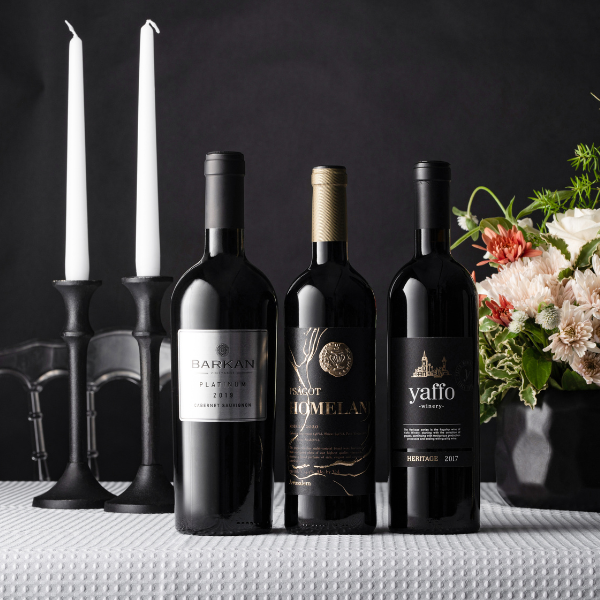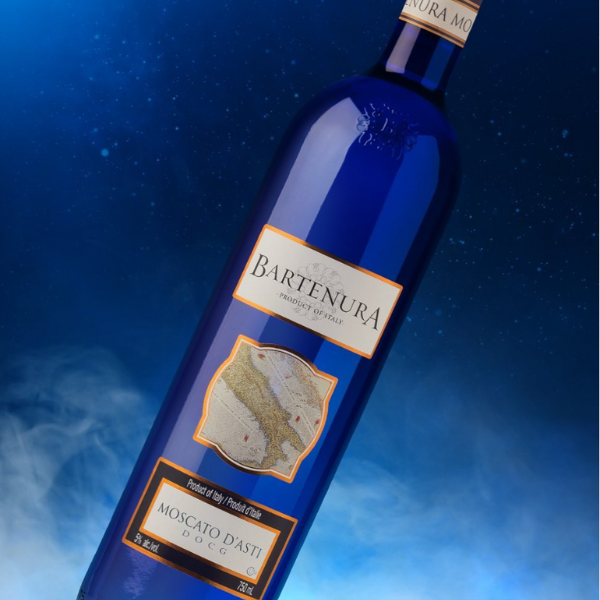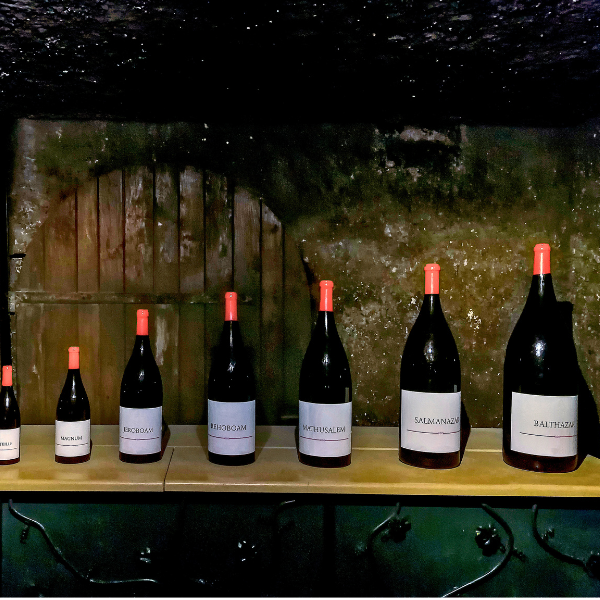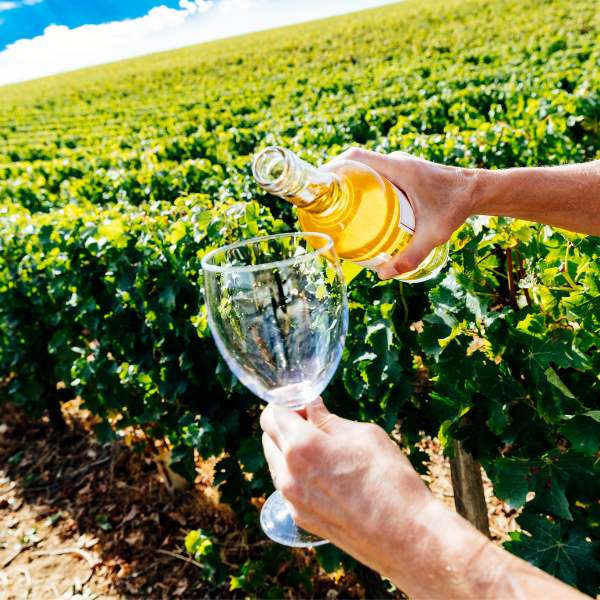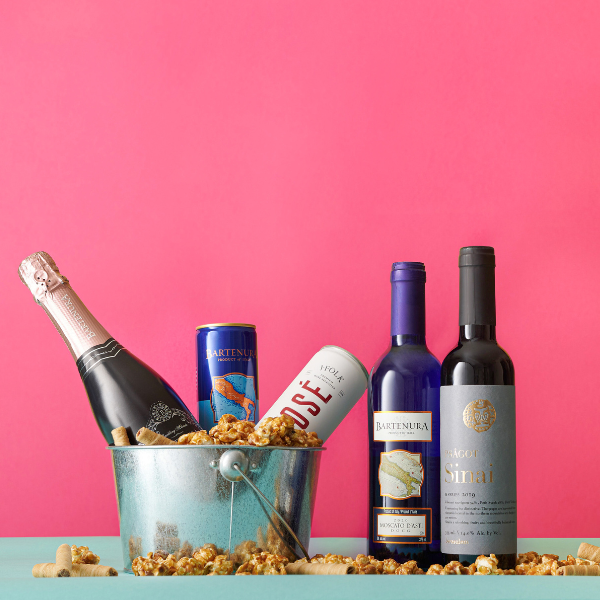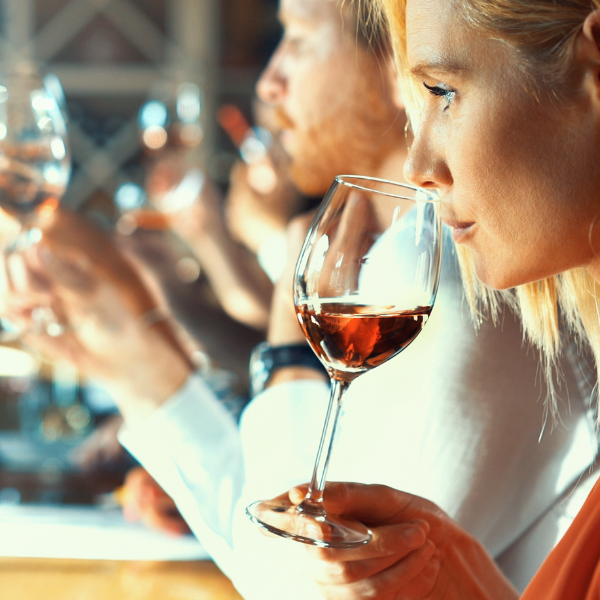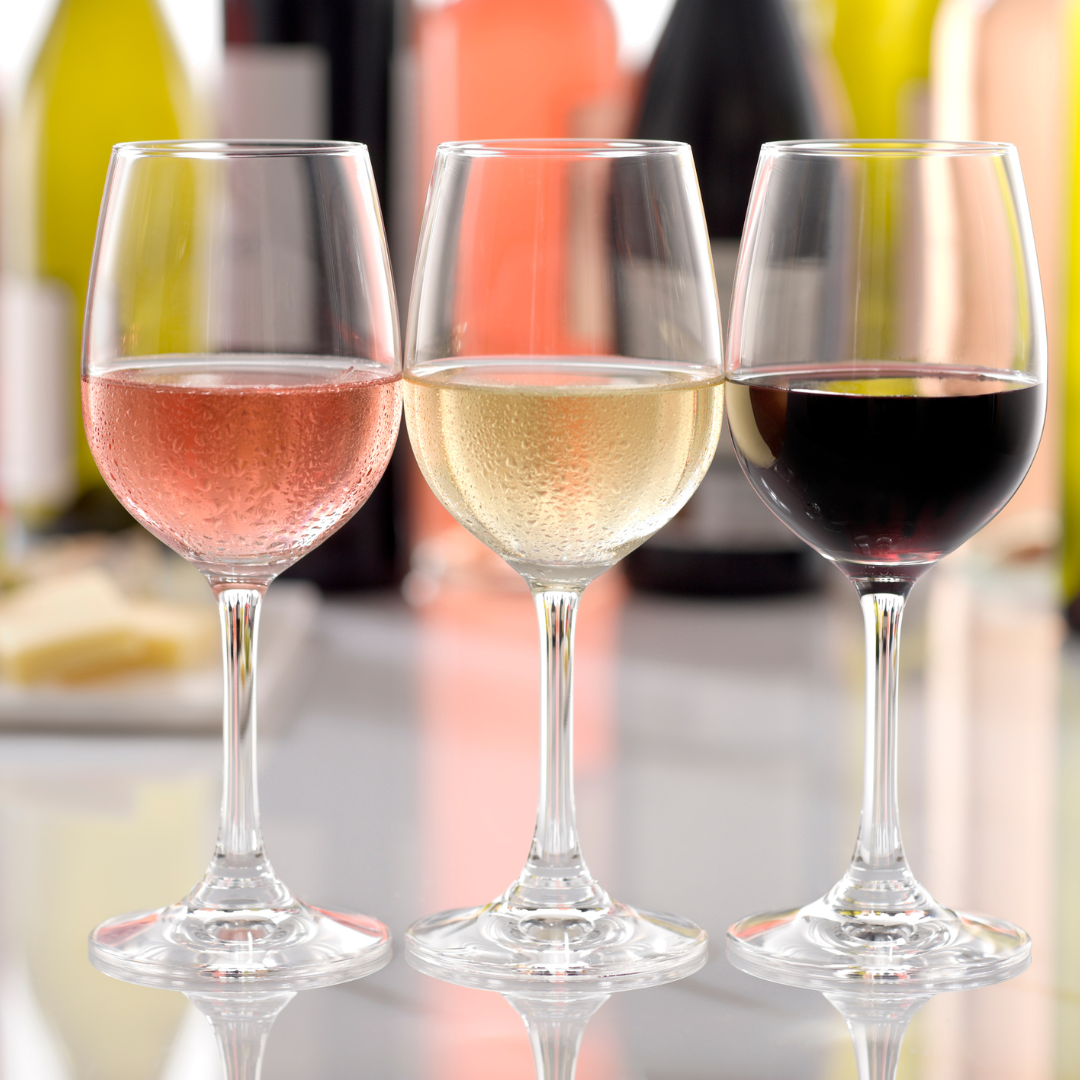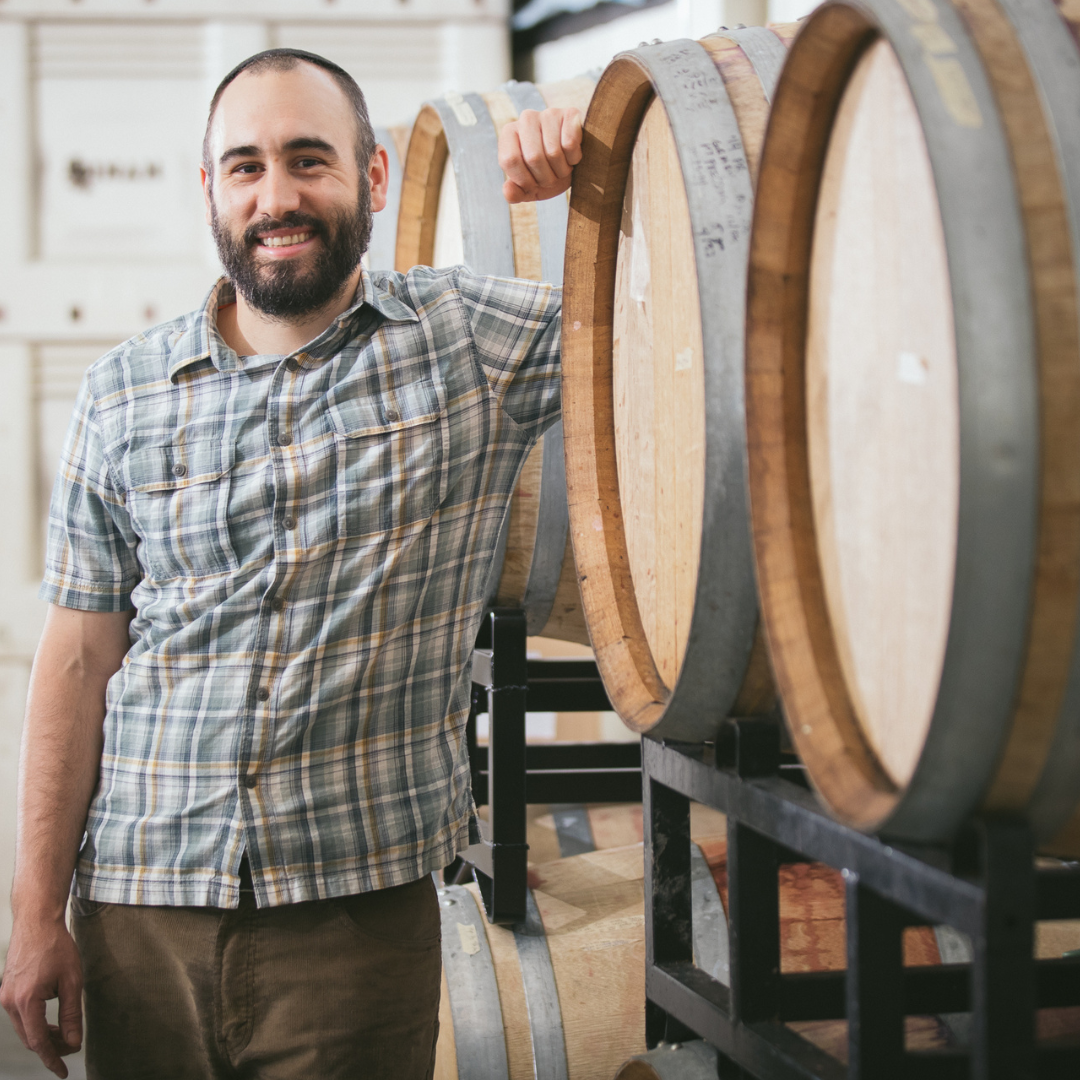Kosher Bordeaux Wines – French Kosher Wines
- Dec 14, 2016
Just hearing the name “Bordeaux” conjures up images of opulent castles, dirt roads and vines everywhere. It is the birthplace of fine wine – the original home to the culture of drinking the best wine, from the best grapes, from the best Chateaus in the world. There have been numerous articles, publications and full-fledged books devoted to this famed region, the vast majority of which are devoted to its regal status in the history of winemaking. The breadth of knowledge covered in these texts is simply too vast to encompass here, but a quick overview is in order for a better understanding of the Bordeaux region of France.
The Bordeaux Region
Bordeaux is located in the Southwestern region of France and is characterized by three different rivers: The Gironde, The Garonne and The Dordogne. The Gironde is the river that flows into Bordeaux from the Atlantic Ocean. The river then splits into two smaller rivers the Garonne and the Dordogne. The opposite ends of the two rivers, and the region in between the rivers make up the three regions of Bordeaux: The Left Bank, The Entre-Deux-Mers (meaning between the two rivers) and the Right Bank. The wines from Bordeaux are characterized by which region they come from, either left bank, right bank or right in the middle.
In addition to indicating the location where a wine was produced, the specific Bordeaux region will also give you a hint as to the dominant grape in the wine. The left bank is Cabernet Sauvignon territory, with most wines being dominant in Cabernet. Meanwhile, the right bank is home to merlot, so most wines from that region will be Merlot dominant. For example, Baron Edmonds and Benjamin De Rothschild Haut Medoc is a left bank wine because it comes from the Region of Haut Medoc, which is situated on the left bank of the Garonne and is a cabernet blend, while a wine like Herzog Selection Les Lauriers Des Rothschild 2014 comes from the Montagne-Saint Emilion Region, which is located on the Right Bank of the Dordogne and is a merlot based blend.
One of the reasons the Bordeaux region is known for producing some of the world’s best wines is the phenomenal climate and terroir for grape-growing. The word “terroir” applies to many factors that affect a wine’s quality and flavor. Climate, soil, weather, people … all these make up the terroir for producing wine. The soil in Bordeaux is fantastic for growing grapes, with a limestone-based soil that is heavy in calcium. Additionally, the climate and weather patterns are dominated by the Atlantic Ocean. The cool breeze at night keeps the grapes from getting too hot and ripening too early, and the rain that comes from the ocean irrigates the grapes enough to help them grow successfully.
Bordeaux has very strict rules as to what can be called a Bordeaux wine. Obviously, the grapes have to be grown in Bordeaux and the wine must be made in the region as well. The wine also has to be made from specific grapes; essentially, it must come from a combination of any number of these (and only these) red grapes: Cabernet Sauvignon, Merlot, Cabernet Franc, Petit Verdot, Malbec and, rarely, Carmenere. No other red grapes are allowed to even be grown in Bordeaux. There are also white wines made in Bordeaux, and those are made with predominantly Semillon and Sauvignon Blanc. The best white wines in Bordeaux come from Sauternes. These sweet wines are not cheap by any means, but they do boast incredible flavor and decades of aging potential.
The region of Bordeaux itself is broken down into appellations, which are basically different regions within Bordeaux itself. The next segment after appellations is Chateaus, which are the houses in which the wine is made; these were officially classified at the Bordeaux Wine Official Classification of 1855, and are broken down into different classes. Each Chateau was given a class and that class is reflected on the bottle they produce. Although some find it highly challenging to read a wine label from Bordeaux, the label will almost always contain these identifying factors: The name of the estate or Chateau (Chateau Greysac), the classification of the estate (Grand Cru Classe), the appellation (Medoc), the vintage (2005) and the alcohol level (13.0%). Finding these identifying characteristics on the bottle will help to determine the class of the wine, what grapes are in the wine and what year the wine was harvested. Once these factors can be identified, the mystery of the label is essentially solved.
Bordeaux has so much to offer both in terms of value wines and in terms of top-of-the-line, high-end bottles worth hundreds of dollar. The best way to determine which wines from Bordeaux you like is to simply keep learning about the region and try everything you can get your hands on.
If you’re interested in Bordeaux wines, KosherWine.com offers dozens of kosher wines from which to choose. Some of the top kosher Bordeaux wines we offer come from famous wineries such as Herzog, Castel, Barons De Rothschild and more. You’ll also find select bottles from top chateaus, such as Chateau De Jad, Chateau De Parsac, Chateau Bellerives Dubois Bordeaux and Chateau Grand-Puy Ducasse. Try some Bordeaux kosher wines today to discover why wines from this region of France are so well-known for its delicious drinks.
 Get help from an expert like Brad
Get help from an expert like Brad


